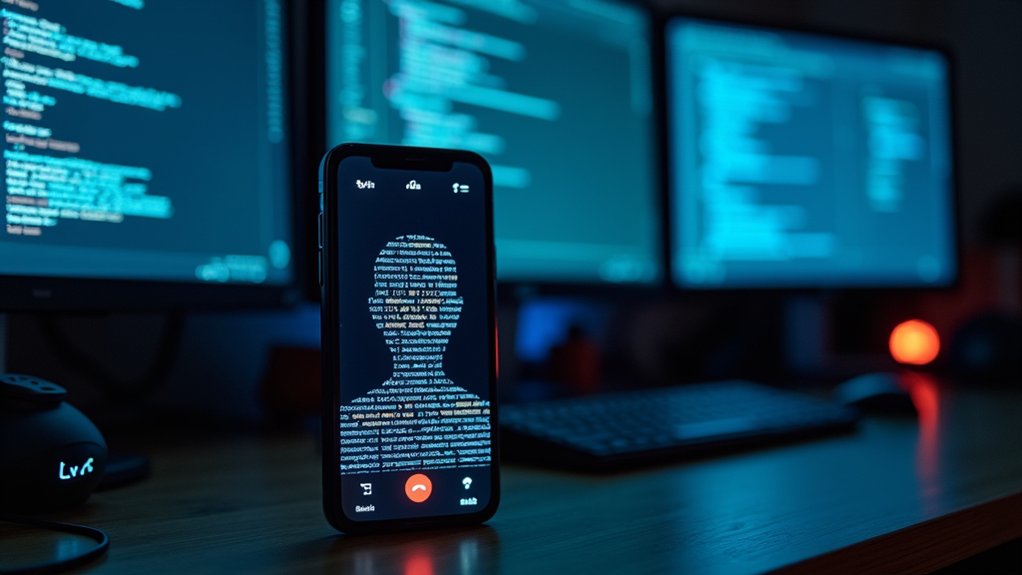As traditional phishing attacks have long relied on crude email spoofing and basic social engineering tactics, the emergence of deepfake technology has fundamentally transformed the cyberthreat environment. This technology enables criminals to deploy hyper-realistic AI-generated audio, video, and text content that impersonates trusted individuals with unprecedented accuracy. This evolution represents a significant shift from simple spoofing techniques to sophisticated manipulation that targets high-value individuals, particularly in finance and government sectors.
The proliferation of deepfake phishing has reached alarming proportions, with fraud attempts utilizing this technology representing 6.5% of all fraud attempts in 2023. This marks a staggering 2,137% increase over three years. North America experienced a particularly dramatic surge, recording a 1,740% rise in deepfake fraud incidents, likely attributed to the region’s vast digital economy and widespread adoption of online services. Financial institutions have borne significant impact, with 53% of financial professionals reporting attempted deepfake scams in 2024.
Consumer exposure to deepfake content has become widespread, with 60% encountering deepfake videos within the past year, whereas only 15% have never observed such content. YouTube emerges as the primary platform for deepfake exposure, with 49% of surveyed users reporting encounters on the platform. The financial implications prove substantial, with projected fraud losses via generative AI expected to reach $40 billion in the United States by 2027.
Criminals employ increasingly sophisticated methods, utilizing large language models to craft convincing phishing narratives and deploying specialized tools such as DeepFaceLab and Avatarify to manipulate identity verification systems. Voice cloning technology has become particularly prevalent, enabling attackers to bypass phone-based verification processes and impersonate executives with remarkable precision. These deepfake impersonations attacks are becoming more targeted, with AI-enabled spear phishing leveraging open-source intelligence to increase their effectiveness by 15%. The cryptocurrency sector has emerged as the primary target, accounting for 88% of AI phishing techniques.
Detection remains a critical challenge as AI advances make deepfakes increasingly difficult to distinguish from authentic content. In spite of global awareness efforts, only 71% of individuals worldwide understand what constitutes a deepfake, while merely 0.1% can consistently identify them. Organizations have responded by implementing thorough awareness training programs and deploying AI-powered scanning tools to detect deepfake content in emails and messages. However, no fully reliable countermeasures exist as of 2025.






